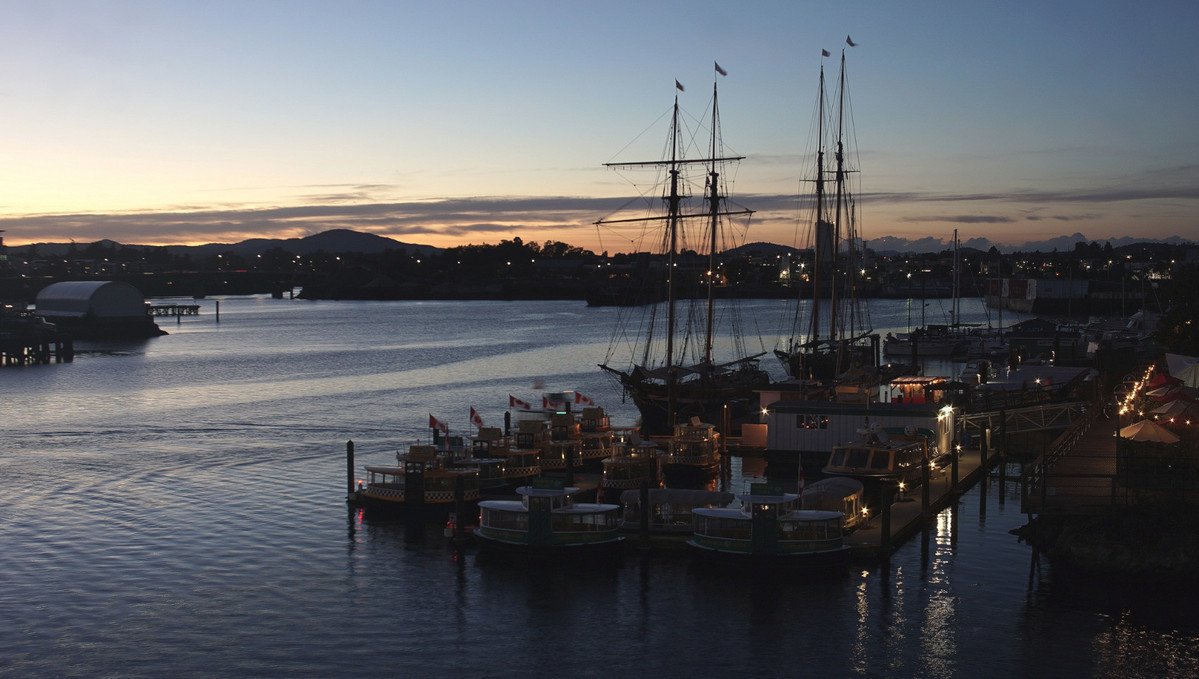twilight

Twilight is the time before the sun sets, as the sky goes darker every hour. The order of twilight is reversed when it rises at the start of the day, growing from dark to bright. The lower the sun sits on the horizon, the dimmer the twilight, it is only when the sun reaches 18° below the horizon that night time begins. There are 3 distinct phases of twilight:
The cricket sang, and set the sun, and workmen finished, one by one, their seam the day upon. The low grass loaded with the dew, the twilight stood as strangers do, with hat in hand, polite and new, to stay as if, or go. A vastness, as a neighbor, came — a wisdom without face or name, a peace, as hemispheres at home — and so the night became.Emily Dickinson
- Civil. Nearest to the horizon (6° below the horizon).
- Nautical. When the geometric center of the sun is between 6° and 12° below the horizon.
- Astronomical. Farthest from the horizon (12° and 18° below the horizon).
During nautical twilight, sailors guided by stars can take reliable readings in the sky, and can discern the horizon for reference.
If sailing at latitudes greater than 48°34' North or South, on dates near and around the summer solstice (June 21st in Northern Hemisphere or December 21st in Southern Hemisphere), twilight persists from sunrise to sunset. During that time of the year complete darkness does not occur because the sun doesn't sink more than 18 below the horizon.
When at either Poles, around winter solstice, the solar declination changes slowly and results in several weeks of complete darkness. The further you get from the Poles, the more twilight you'll experience on the same dates.